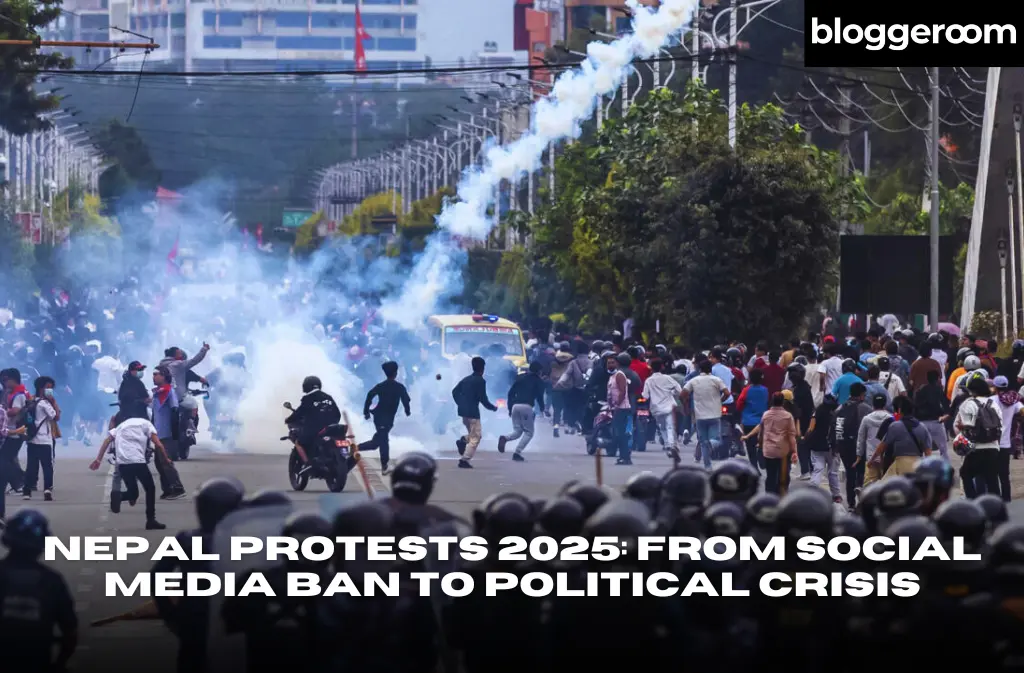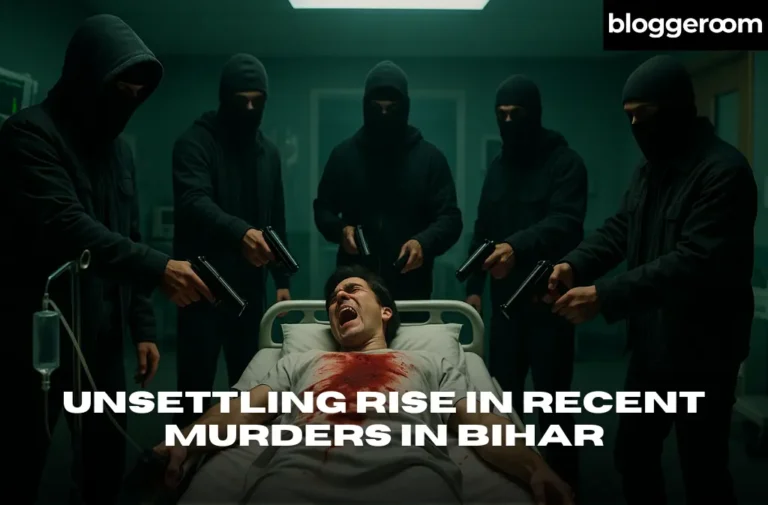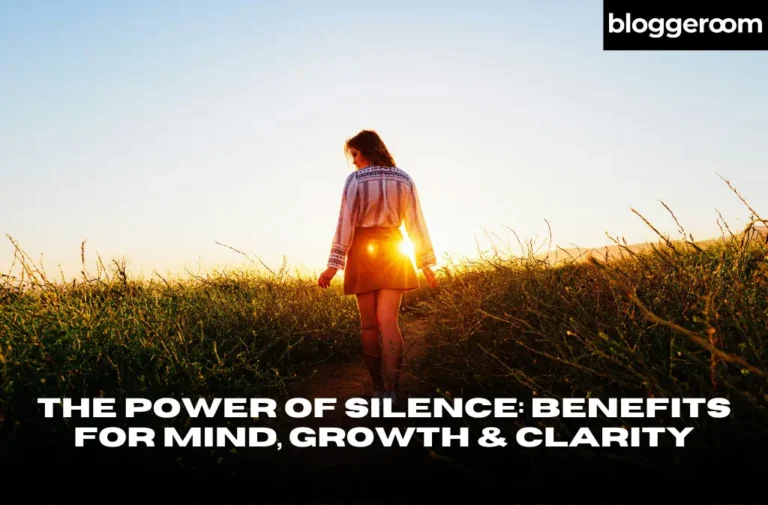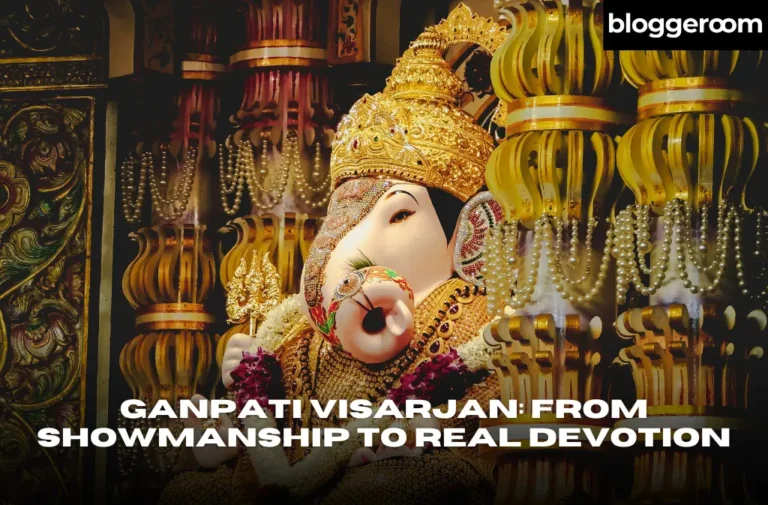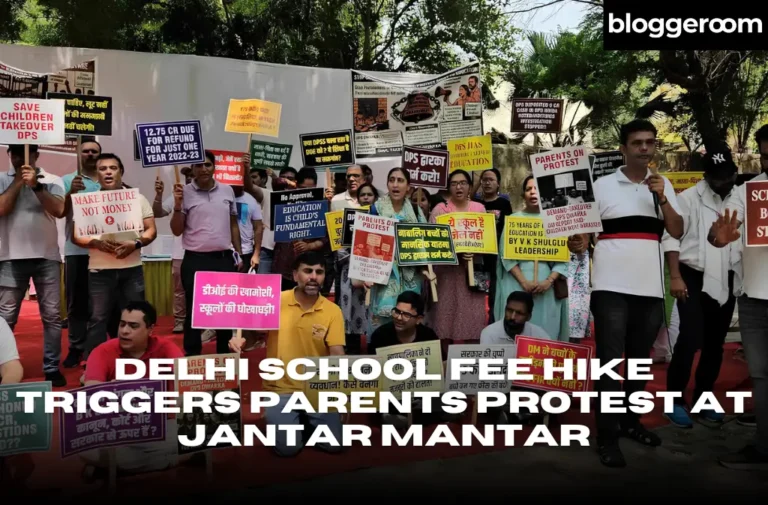Nepal Protests 2025: From Social Media Ban to Political Crisis
This September, the streets of Nepal filled with tens of thousands of young voices. At first glance, it seemed like they were simply fighting for TikTok, Instagram, and YouTube. But the social media blackout simply set off the chain reaction. Behind it was years of built-up frustration – anger over corruption, political games, and an economy that kept getting tighter. It was a pressure cooker, and this time, it finally blew.
How It All Started
In early September 2025, Nepalis woke up to find 26 popular social platforms – from Facebook and WhatsApp to YouTube and X – suddenly blocked. The government called it a temporary step to make tech giants register locally, but for millions, it felt like their online world had been shut down overnight.
To many young people, it wasn’t about paperwork – it felt like their voices were being silenced. Within hours, students, activists, and creators began mobilizing on the ground, and by the next day, rallies had spread from Kathmandu’s Parliament area to cities across the country.
From Peaceful Rallies to Deadly Clashes
At first, the protests were loud but peaceful – chants rang out, banners waved, and speeches fired up the crowds. But in Kathmandu, tensions spiked when some protesters tried to push past parliament barricades. Security hit back hard with tear gas, rubber bullets, and even live rounds.
By week’s end, 19 people were dead, hundreds were injured, and despite the blackout, footage of the clashes spread worldwide. Hospitals overflowed, and public anger only deepened.
The Deeper Reasons People Took to the Streets
The social media blackout was just the spark – the anger had been building for years.
- Corruption at the top – Recent exposés accused powerful leaders of misusing public funds, confirming for many young Nepalis that politics is deeply broken.
- Struggling economy – With tourism and remittances still weak after the pandemic, prices are rising and youth unemployment is among the highest in South Asia. For many graduates, stable jobs feel out of reach.
- Political chaos – In just 17 years since ending the monarchy, Nepal has cycled through over ten prime ministers, with leaders seen as more focused on power struggles than solving problems.
- Losing their voice – For Gen Z, raised online, social media is their space to connect and speak out. Losing it overnight felt like losing their freedom to be heard.
Political Fallout and What Comes Next
As the death toll rose, the government stepped back – ending the ban and announcing an investigation. Prime Minister K.P. Sharma Oli offered a public apology and promised financial support for the families who had lost loved ones.
But the unrest didn’t stop. Within days, both Oli and President Ram Chandra Poudel resigned, throwing Nepal into a political storm. A caretaker government is now in place, but uncertainty hangs heavy. Protest leaders say they’ll keep marching until corruption is tackled, jobs improve, and online freedoms are guaranteed.
Conclusion
This isn’t just a local issue – it’s a warning of what can happen when governments shut down digital spaces that have become central to how people connect, work, and express themselves. In places like Nepal, one decision can unleash years of built-up frustration.
The real test now is whether this unrest becomes a turning point – tackling the root causes of anger instead of simply trying to silence it.

